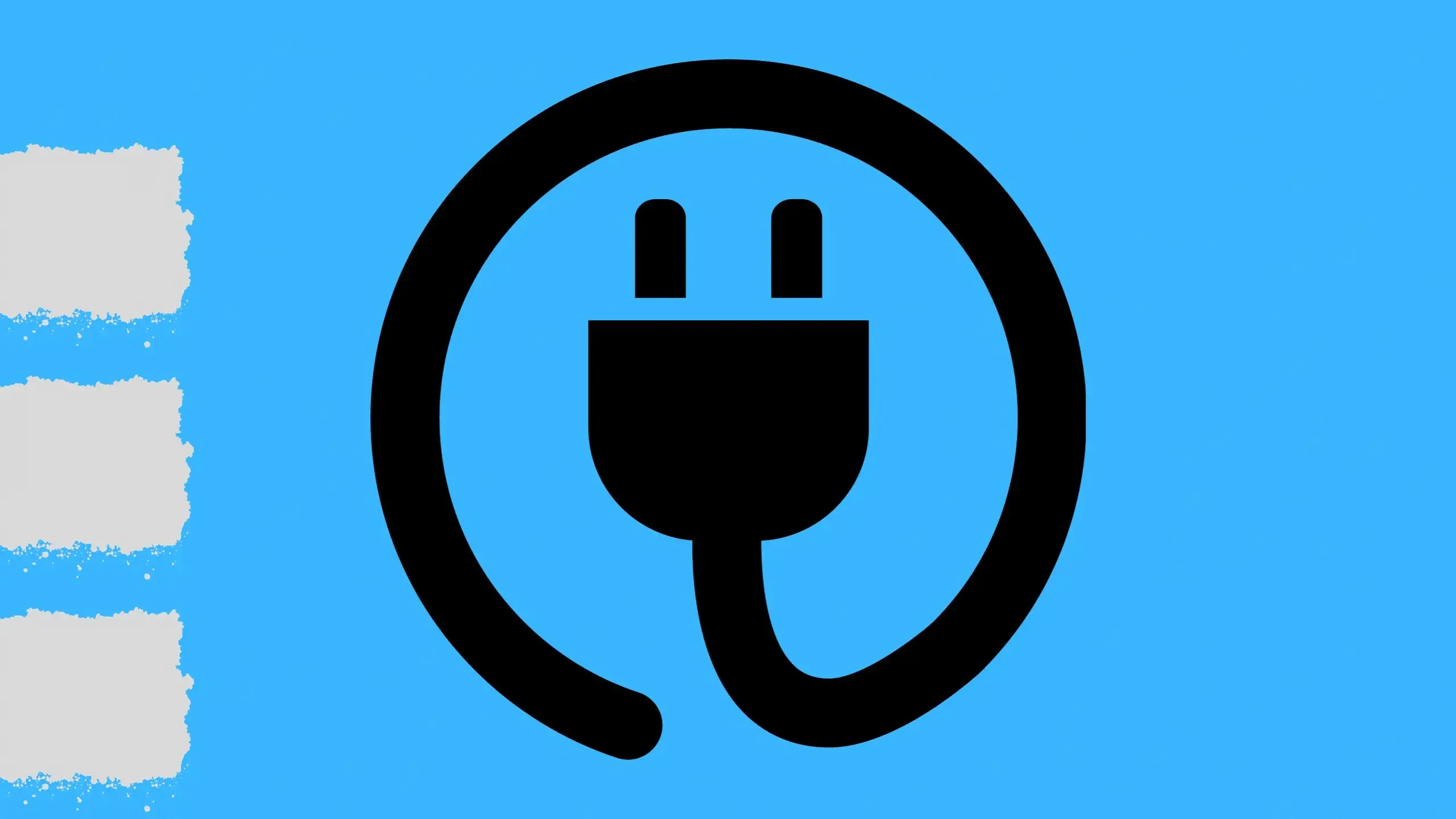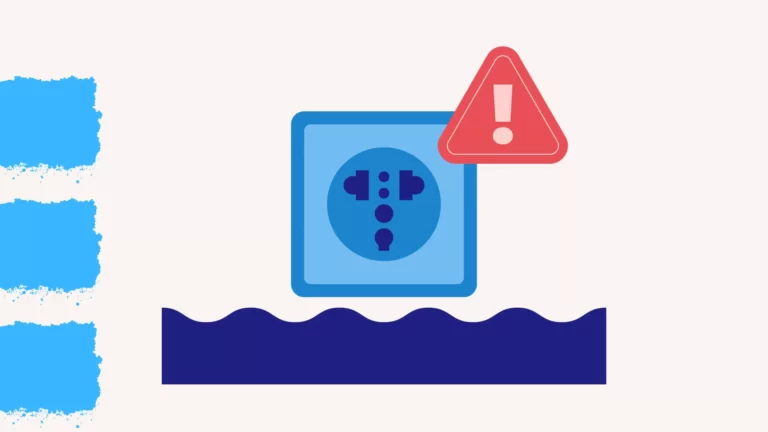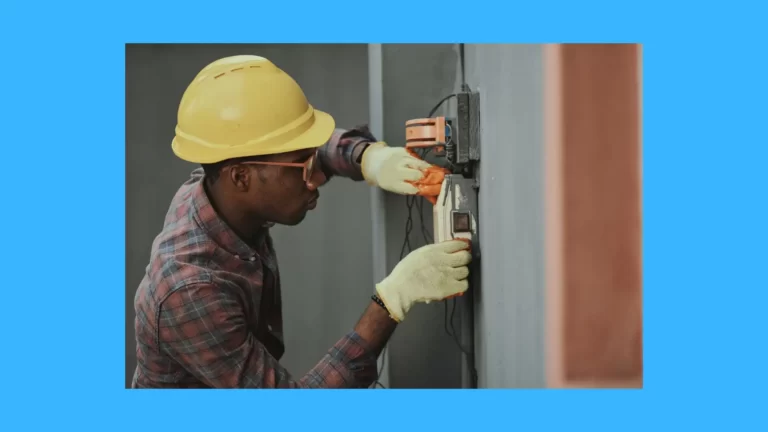Basic Electrical Safety Checklist
The main electrical hazards
The world of electricity holds both convenience and danger within its currents. Understanding the main electrical hazards is crucial to safeguarding lives and property. Here are the primary risks:
1. Electric Shock:
Direct contact with live electrical components can lead to electric shock. This jolt of electricity can disrupt the body’s natural electrical signals, causing injuries or even fatalities.
2. Electrical Fires:
Faulty wiring, overloaded circuits, or damaged equipment can spark fires. Electrical fires are swift and can rapidly engulf surroundings, causing extensive damage.
3. Arc Flashes:
Arc flashes are sudden releases of intense heat and light due to a fault in an electrical circuit. They can cause severe burns and eye injuries.
4. Electromagnetic Fields (EMFs):
Prolonged exposure to strong EMFs, such as those near high-voltage power lines, has been linked to health concerns like cancer and other medical conditions.
5. Overloaded Circuits:
Plugging too many devices into a single circuit can overload it, leading to overheating, fires, or even tripped circuit breakers.
6. Faulty Wiring and Outlets:
Worn-out or damaged wiring and outlets can cause short circuits, leading to fires and electrical malfunctions.
7. Lack of Grounding:
Improper grounding can result in electrical equipment becoming live, creating the risk of shock or fires.
8. Water and Electricity Mix:
Water conducts electricity, and contact between the two can result in shocks or short circuits.
9. Inadequate Maintenance:
Neglecting regular inspection and maintenance of electrical systems can lead to unnoticed hazards accumulating over time.
10. Inadequate Training and Awareness:
Insufficient knowledge about electrical safety can lead to unsafe practices, increasing the likelihood of accidents.
To mitigate these hazards, it’s essential to adopt stringent safety measures, implement regular inspections, and ensure that employees are well-trained in electrical safety protocols.
Basic Electrical Safety Checklist for Homes and Businesses
Here’s a concise sample checklist for basic electrical safety that you can use as a starting point to assess and maintain electrical safety in a residential or business setting:
1. Cords and Plugs:
– Are cords and plugs in good condition, without fraying or exposed wires?
– Are extension cords used only temporarily and not as permanent wiring solutions?
– Are all plugs and outlets three-pronged and properly grounded?
– Are outlets equipped with ground fault circuit interrupters (GFCIs) in wet areas like kitchens and bathrooms?
2. Appliances and Equipment:
– Are appliances and equipment in proper working condition, without signs of damage?
– Are high-wattage appliances (e.g., air conditioners) connected to dedicated circuits to prevent overloading?
– Are all appliances and electronics turned off and unplugged when not in use?
3. Outlets and Switches:
– Are outlet covers and switch plates in place and not cracked or broken?
– Are there any outlets or switches that feel warm to the touch or emit sparks?
4. Circuit Breakers and Fuses:
– Do you know the location of the main electrical panel and how to shut off power in case of an emergency?
– Are circuit breakers and fuses properly labelled for easy identification?
5. Lighting:
– Are light fixtures, lamps, and bulbs installed correctly and away from flammable materials?
– Are bulbs of the correct wattage used in each fixture to prevent overheating?
6. Wiring and Electrical Panels:
– Is your electrical panel accessible and free of obstructions?
– Have you checked for signs of overheating or scorch marks around the electrical panel?
7. Outdoor Electrical Safety:
– Are outdoor outlets and extension cords protected from the elements?
– Are ground fault circuit interrupters (GFCIs) installed on outdoor outlets?
8. Educational Measures:
– Do family members or employees know how to locate and use the main electrical shut-off in case of emergencies?
– Have you provided basic electrical safety training to relevant individuals?
9. Regular Maintenance:
– Do you schedule periodic professional inspections of your electrical system?
– Do you replace smoke detector batteries annually and test them monthly?
10. Emergency Preparedness:
– Do you have a well-defined emergency response plan for electrical incidents?
– Are fire extinguishers easily accessible and are employees/family members trained on their use?
By periodically reviewing and addressing these key points, you can significantly enhance electrical safety in your environment and minimize potential hazards. Remember, electrical safety is a shared responsibility that contributes to the overall well-being of everyone in your space.
If you need the right fire safety equipment for any purpose, kindly consider buying the Neffgo brand. You can find our list of distributors by clicking here.




